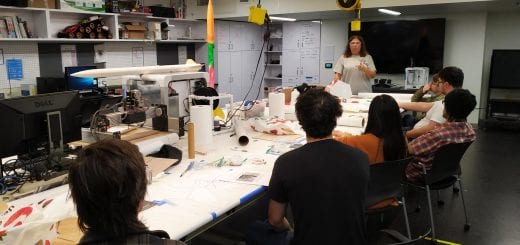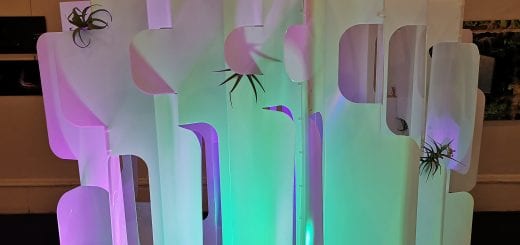Search & Rescue on a Local Scale – Radio Transmitter Hunts
This last Saturday 25 people including about 10 University of Oregon community members gathered at one of our local parks by campus to work on a transmitter hunt to find a hidden radio. Why on earth would anyone do that you may ask? Well, in Oregon, there is still quite a bit wilderness, maybe only part of it is officially designated as wilderness by the federal government, but all of it is spacious, rugged, and devoid of humans for the most part. Those that are there, are looking for the wilderness experience.
This is where the hunt comes in. There is no cell phone service in these areas. There is likely no one that can hear you call for help just using your voice, but a cell phone is still a radio, and one that emits radio energy that can be detected if someone else is looking for that signal, even if you can’t make a call. Additionally, for those intrepid souls that might be in the area of avalanches, they might be carrying avalanche radio beacons in case they are swallowed up a moving hillside of snow. All are dependent on someone else looking for them if trouble arises, say a search and rescue (SAR) team. So, that is what 25 people did on Saturday morning. They used radio receivers (their hand held 2-meter Ham radios) and directional antennas that allow the user to seek out the direction of signal to find a transmitter beacon.
Here is an example of Yagi antenna I made from some PVC plastic tubing, a cut-up metal measuring tape, and some antenna/cable wire bought at a hardware store. Then only thing really critical here is that the cable is of a specific type for antennas called RG59 cable with a resistance of 50 Ohms, instead of the more common RG6 cable that has a resistance of 75 Ohms and used for cable television. It is an important distinction. However, there are a few critical issues relating to building the antenna, too. The length of each piece of measuring tape is important, as is the distance between each piece. Our local university Ham radio club Ducks on the Air is willing to teach our local community how to build these.
During a transmitter hunt there are usually no real life-or-death issues. In this case, there is just a data log at the site of the transmitter where searchers, all working independently, can claim bragging rights by signing the log first. However, imagine if there were person in need of help associated with that transmitter. Using a radio and a directional antenna does take practice. Signals can bounce or be reflected off objects leading to false directional information. Furthermore, as one gets close to the signal, the signal can be so strong that there is suddenly a lack of directionality as the signal appears to come from everywhere. In an open field, there wouldn’t be a problem as the searchers could probably see the person in need of help, but just go back to the avalanche scenario. You could be two meters away from someone buried in the snow but not see them. In these cases, you need to add attenuators to your radio. Attenuators decrease the signal input to the radio from the antenna, which makes the signal weaker, but allows the antenna to become directional again when you are close to a transmitter. It is what will allow you to find someone potentially buried in snow below your feet. Transmitter hunts also allow seekers to find sources of radio interference that can overwhelm normal radio communications. In many ways, a transmitter hunt is like geocaching where you search for a GPS point. In both cases, a person harnessing their search skills can potentially save a life. See this Washington Post article that came out just two days after our transmitter search of a real-life SAR event involving remote sensing and radios: https://www.washingtonpost.com/lifestyle/2021/04/22/lost-hiker-satelite-rescue/ .




